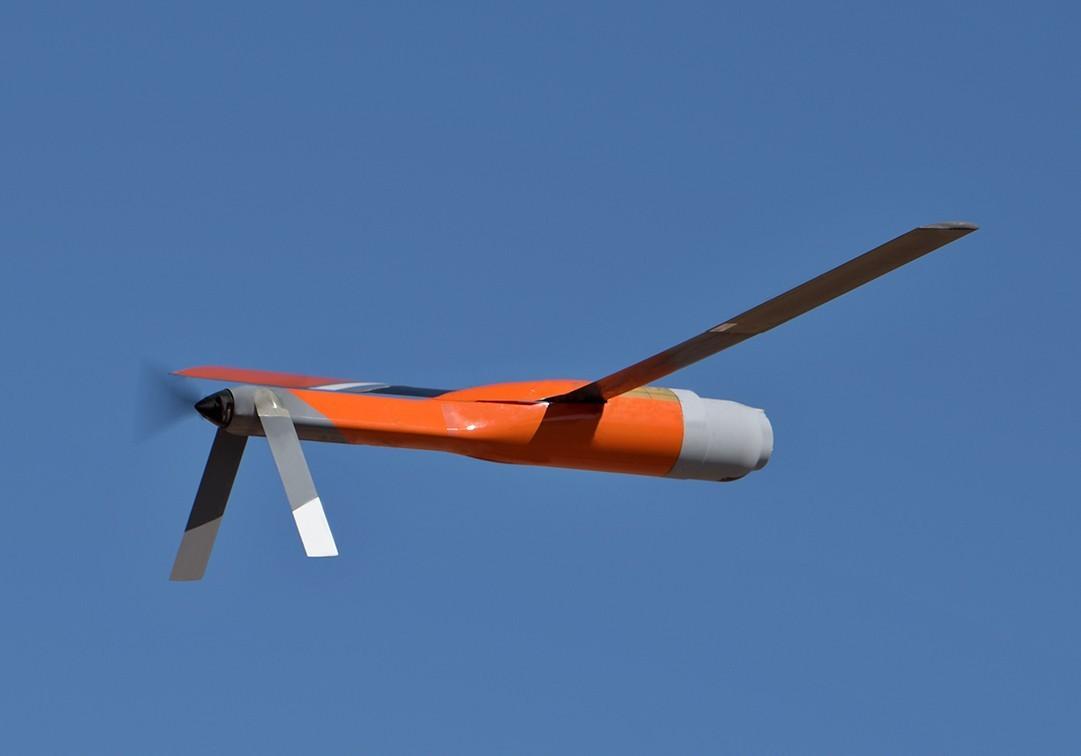
Industry officials have one last chance to influence the U.S. Army’s strategy for acquiring a family of vehicles, payloads and mission systems for Air-Launched Effects, scheduled to become operational in fiscal 2025.
Credit: Jose Jose Mejia-Betancourth/CCDC AvMC Technology Development Directorate
The U.S. Army has started shopping for a new airborne radar to equip a new class of air-launched, uncrewed aircraft systems (UAS) expected to operate alongside rotorcraft. The Multi-Domain Operations Radar for Air-Launched Effects (ALE) has entered the competitive phase of the acquisition process...
Subscription Required
This content requires a subscription to one of the Aviation Week Intelligence Network (AWIN) bundles.
Schedule a demo today to find out how you can access this content and similar content related to your area of the global aviation industry.
Already an AWIN subscriber? Login
Did you know? Aviation Week has won top honors multiple times in the Jesse H. Neal National Business Journalism Awards, the business-to-business media equivalent of the Pulitzer Prizes.
